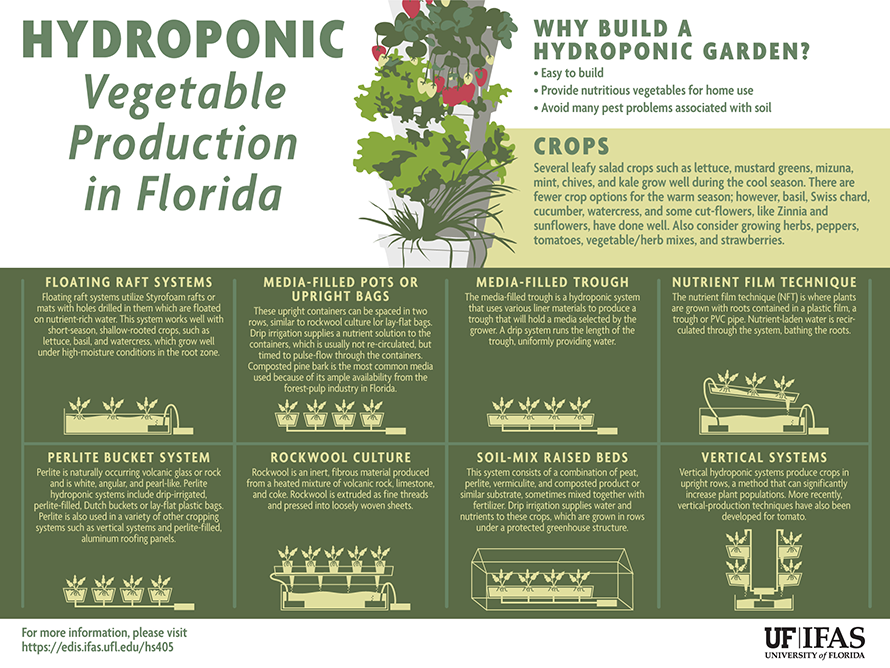The Environmental Ramifications Of Deforestation: Important Facts To Be Knowledgeable About
The Environmental Ramifications Of Deforestation: Important Facts To Be Knowledgeable About
Blog Article
Short Article Composed By-Willard Cochrane
When it involves the environmental influence of tree removal, there are crucial facets that demand your focus. From the elaborate web of partnerships within environments to the succeeding effects on environment patterns, the effects are extensive. You may be amazed to discover the complex ways in which the removal of trees can reverberate throughout the atmosphere. Remain tuned to decipher the intricate connections and ramifications of this relatively straightforward act.
Logging and Habitat Loss
Deforestation and environment loss are essential issues stemming from tree removal. When trees are cut down, it interferes with whole ecosystems. Not just are the trees themselves shed, yet the homes and food sources of many plant and animal species are ruined as well. Birds shed their nesting sites, mammals shed their shelter, and insects shed their habitats. The effects ripple through the food cycle, impacting killers and target alike.
Furthermore, logging adds to climate adjustment. Trees play a vital duty in absorbing co2, a greenhouse gas that catches warm in the environment. With fewer trees, there's less carbon dioxide absorption, causing raised levels of this gas in the atmosphere and intensifying worldwide warming.
Habitat loss is a direct outcome of logging, as the devastation of forests suggests the loss of special and varied ecological communities. Many varieties are incapable to adapt to rapid changes in their atmosphere, causing populace decreases and, in some cases, extinction.
Safeguarding forests is vital to keeping the delicate equilibrium of nature and making sure the survival of numerous plant and pet species.
Effect on Biodiversity
The elimination of trees has a considerable influence on biodiversity, affecting the variety and abundance of plant and pet species in a location. Trees give environment and food resources for various organisms, from bugs to birds to animals. When trees are gotten rid of, these varieties shed their homes and resources of nourishment, leading to a decrease in their populations. This disruption can have cascading results on the entire community.
Additionally, trees play a vital function in maintaining biodiversity by developing microhabitats within their covers, trunks, and origins that sustain a wide range of types. When trees are lowered, these specialized environments are ruined, decreasing the overall diversity of the location.
Furthermore, https://www.countryliving.com/gardening/garden-ideas/a30753842/how-to-start-seeds/ of trees can lead to a reduction in hereditary diversity within plant populations, as particular tree species might no longer have the ability to duplicate or spread efficiently. Shielding trees and forests is vital for maintaining biodiversity and making sure the wellness of environments for future generations.
Soil Erosion and Environment Adjustment
With trees being eliminated from a location, the disturbance of soil structure and security takes place, resulting in raised soil erosion. https://www.ocregister.com/laguna-woods-village-co-op-board-looks-to-simplify-tree-trimming-save-money play a critical function in avoiding erosion by holding dirt in position with their origin systems. When trees are removed, particularly in multitudes, the soil comes to be more at risk to erosion from wind and water. This erosion not just affects the immediate surroundings yet can additionally bring about sedimentation in close-by water bodies, affecting water quality and marine ecological communities.
Additionally, trees help manage the climate by taking in carbon dioxide throughout photosynthesis. When trees are cut down, this all-natural carbon sink is decreased, contributing to increased levels of greenhouse gases in the ambience. This can worsen climate change, bring about even more severe climate events and disruptions in communities worldwide.
Therefore, the removal of trees not just increases dirt erosion yet likewise plays a role in the bigger environmental problem of climate modification. It's important to take into consideration these factors when evaluating the impacts of tree elimination on the atmosphere.
Verdict
Now that you understand the environmental effect of tree removal, consider the effects prior to lowering trees. Logging interferes with ecosystems, decreases biodiversity, and adds to dirt erosion and climate adjustment. By being mindful of the effect of tree removal, you can aid secure our atmosphere and preserve the fragile equilibrium of nature. Make notified options and consider alternative solutions to decrease the unfavorable effects on our earth.
